National Invasive Species Awareness Week (Февраль 24-28, 2025) kicks off today!
Each year, folks around the country take a week to consider the many impacts that non-native invasive species have on our communities, working lands, natural areas, and pocketbooks. So take a moment to celebrate with the WeedWise Program to learn a little more about the invasive species impacting our area. You might also learn how you can join your friends and neighbors in preventing the impact of these invasive weeds.
Why Should We Worry About Invasive Species?
A local study found an estimated annual loss of almost $83.5 million in personal income to Oregon’s economy from just 25 selected weed species. These costs are estimated to balloon to $1.8 billion if invasive weeds are left untreated. We all pay the price for invasive species through increased food costs, increased costs of natural resources, higher taxes, and decreased property values. These impacts clearly show the economic benefits associated with controlling invasive weeds.
Invasive weeds not only impact our finances but also impact the livability of our communities. Invasive weeds like blackberry and gorse have long thorns that limit our ability to enjoy our open spaces and natural areas. While other invasive weeds like giant hogweed and spurge laurel can cause burns or rashes if we come into contact with them.
Invasive species also impact the natural beauty of the landscape. They replace our native plants, which fish and wildlife depend upon for food and shelter. In this way, invasive weeds replace our natural wonders with a degraded landscape that is less “Oregon-like”.
So join your friends and neighbors in helping to stop the Silent Invasion!
Десять способов помочь
- Learn about invasive weed species, especially those found in your region. Check out the WeedWise website for more information, or attend the Columbia Gorge CWMA Invasive Species and Exotic Pest Workshop being held during NISAW!
- Learn more about invasive pests that threaten our crops and trees through the Oregon Forest Pest Detector program.
- Очистите туристические ботинки, кулики, лодки и прицепы, внедорожники и другие приспособления, чтобы не дать инвазивным видам перебраться на новое место. Узнайте больше на сайте PlayCleanGo.org.
- Не выбрасывайте аквариумы и живую приманку в водоемы. Узнайте больше на сайте Habitattitude.org.
- Не перевозите дрова - вместо этого покупайте их там, где вы будете их сжигать, или собирайте на месте, если это разрешено. Узнайте больше на сайте DontMoveFirewood.org.
- Use forage, hay, mulch, and soil that are certified as “weed-free.”
- Сажайте в своем саду только неинвазивные растения и удаляйте всех известных захватчиков.
- Report new or expanded invasive species outbreaks to the Oregon Invasive Species Hotline. Early detection is the key to success!
- Volunteer to help remove invasive species in our open spaces and natural areas. Contact your local watershed council or visit the SOLVE website for volunteer opportunities near you!
- Talk to your friends, family, and neighbors about invasive species and the impact they have on our state.
Celebrate by attending an upcoming event.
There are dozens of online events sponsored by partners and organizations across the country. Check out the NISAW events page for a full list of opportunities.
Want to learn more?
Check out this great introduction from Oregon Public Broadcasting’s program and watch the entire episode on the Silent Invasion site!

